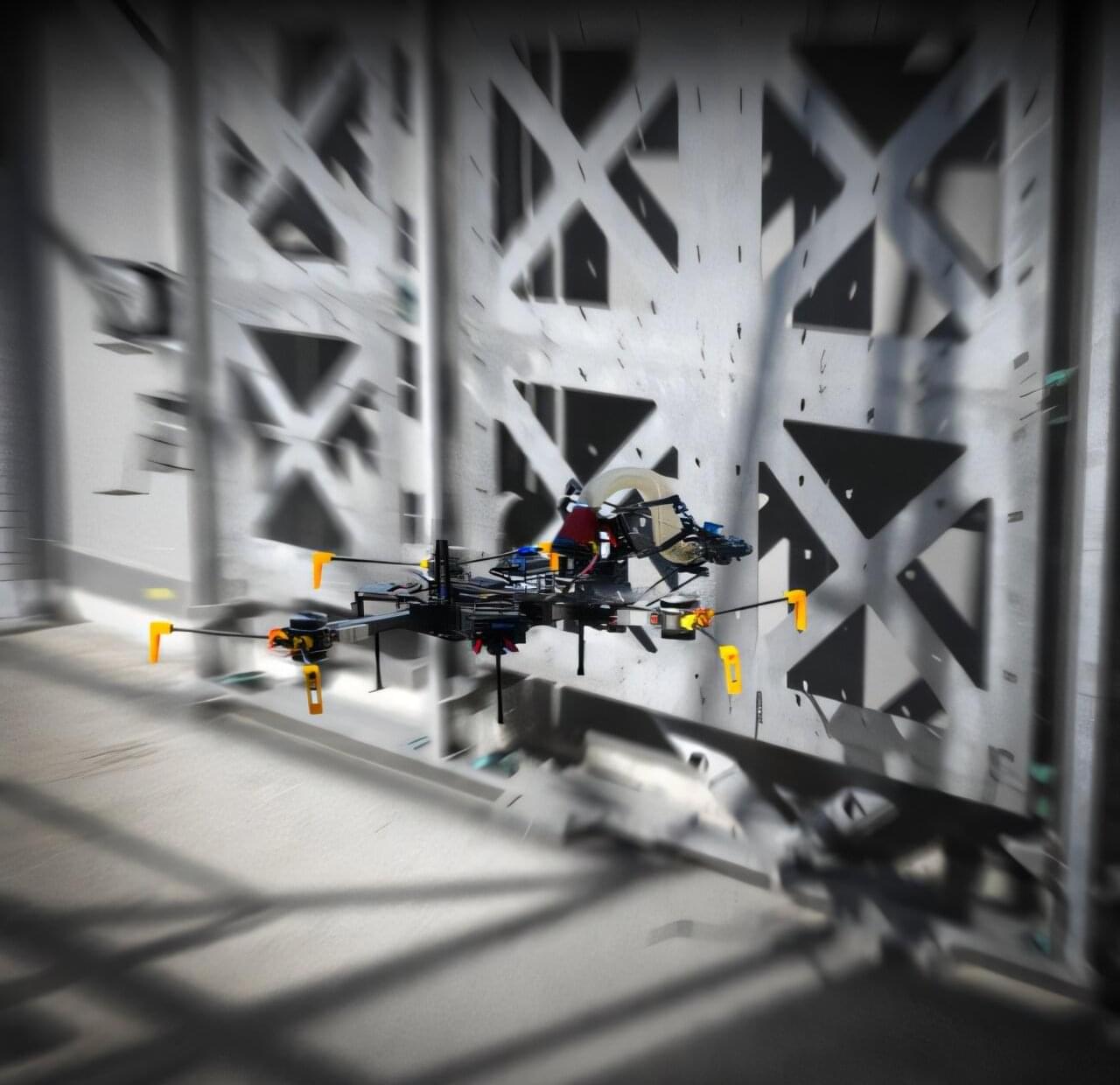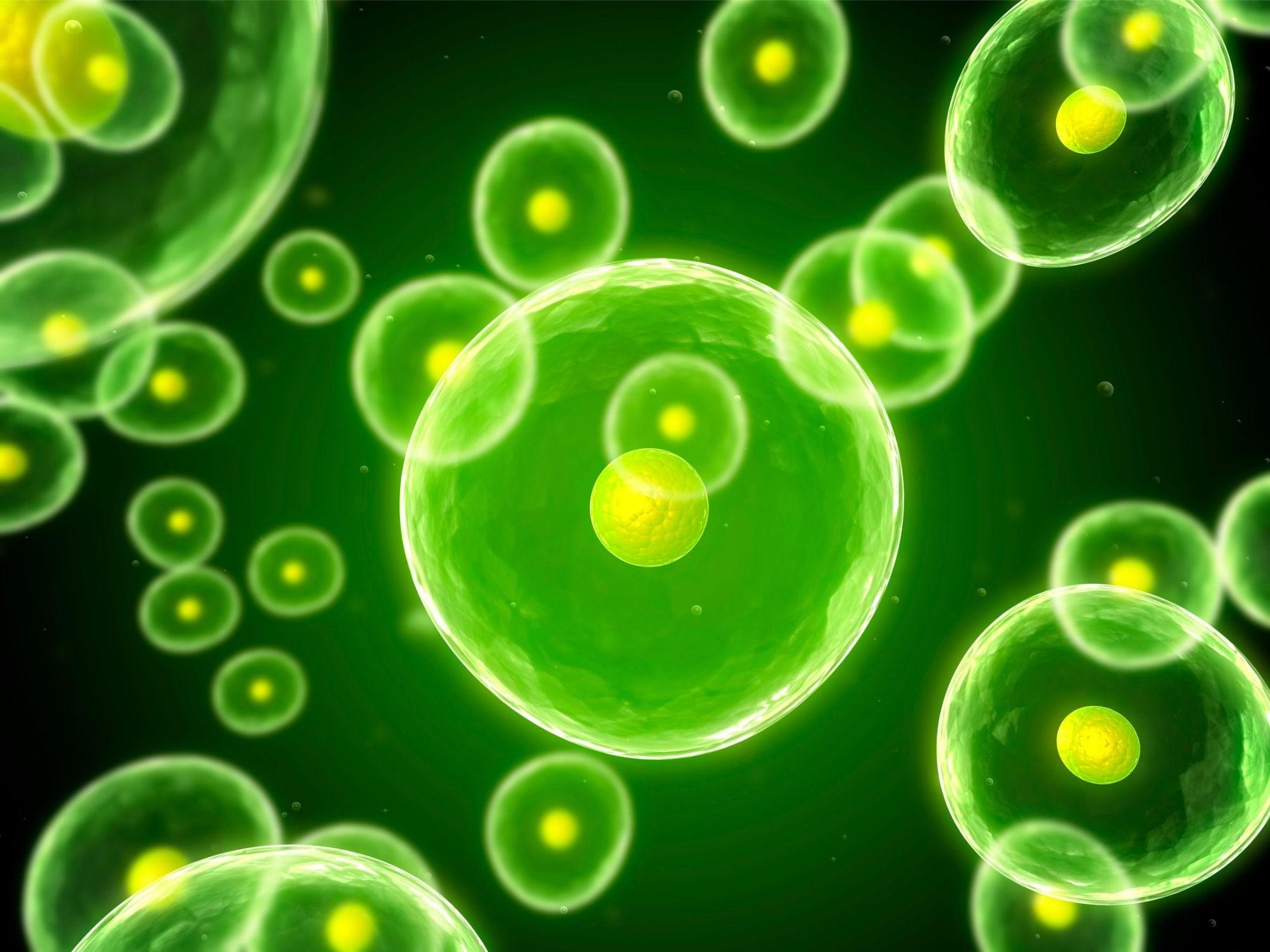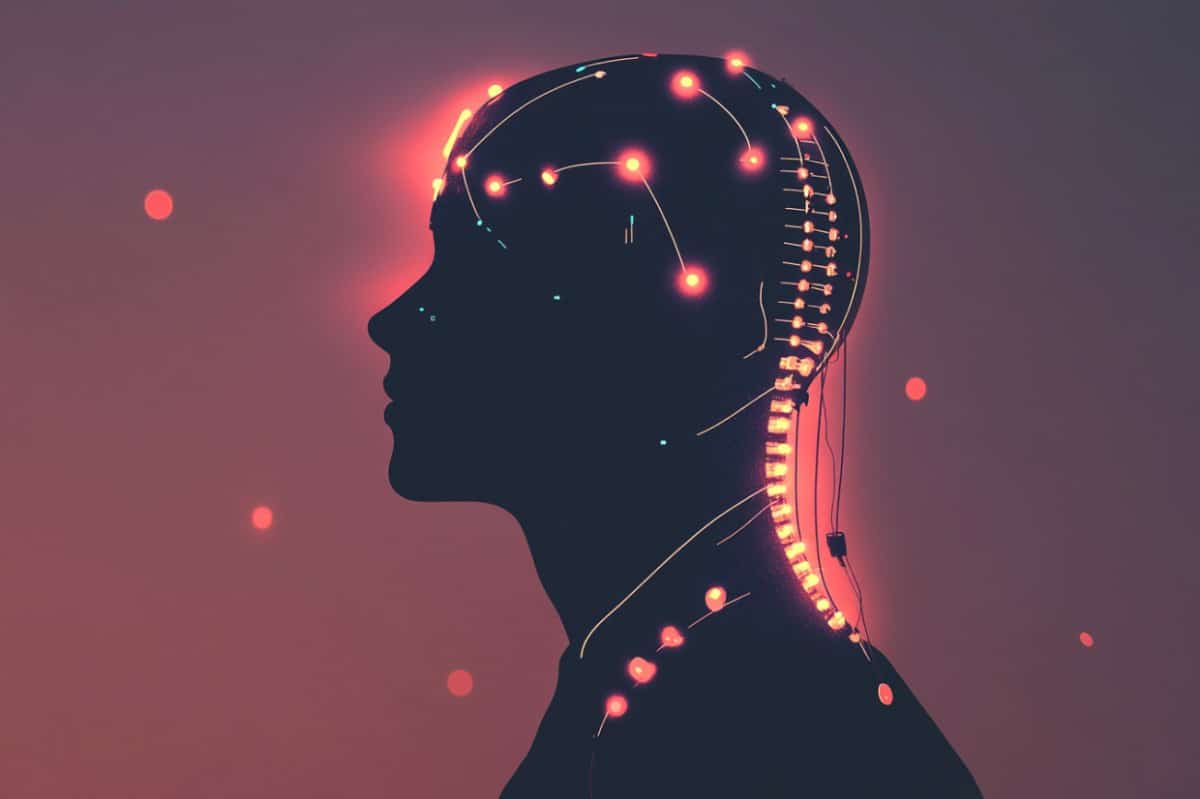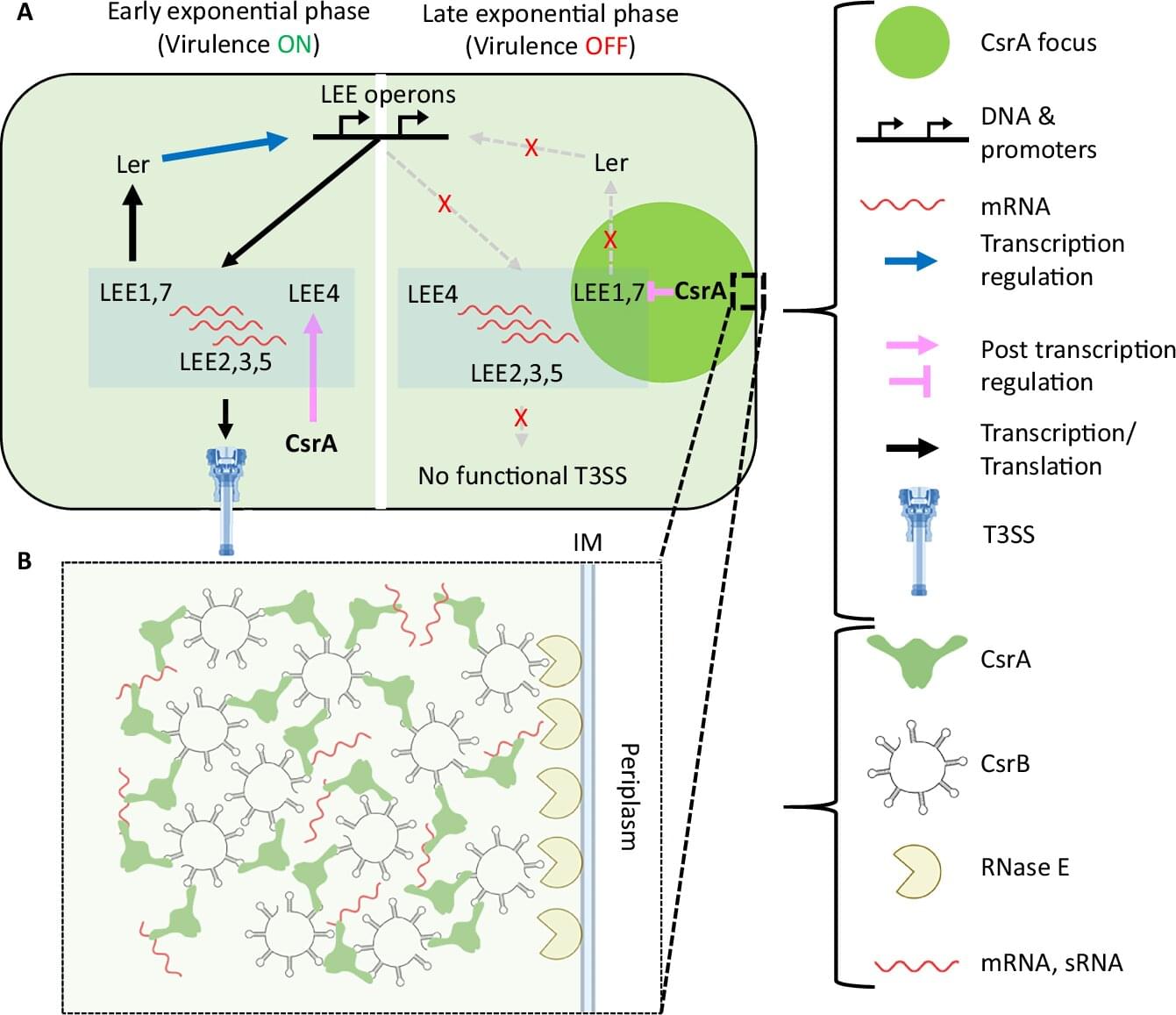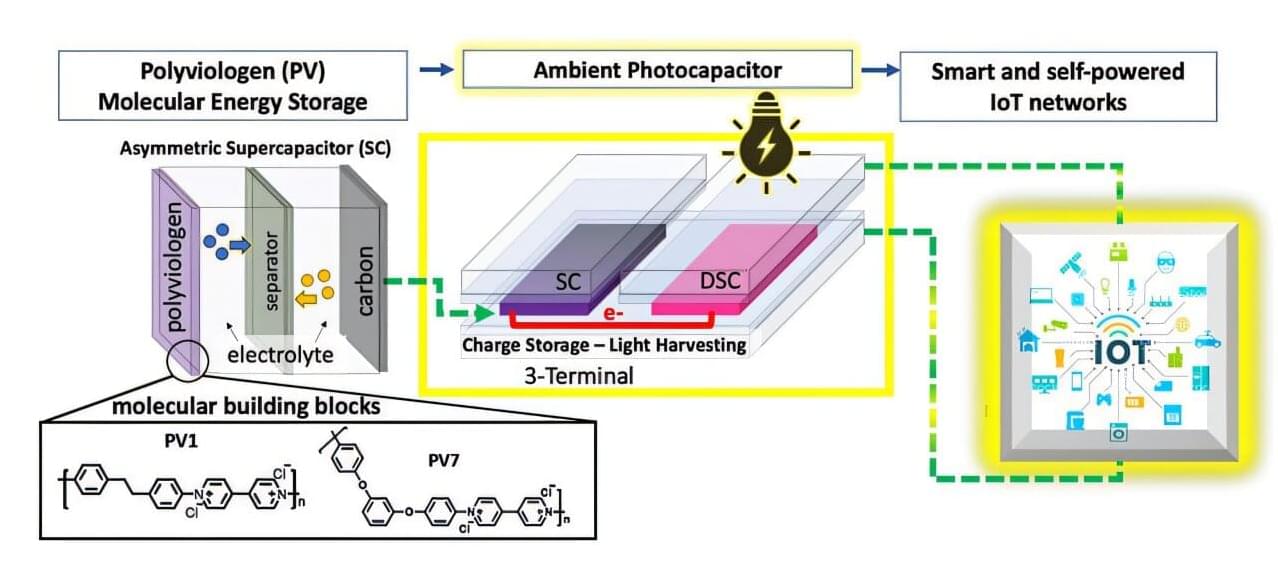New research led by Imperial College London and co-authored by the University of Bristol, has revealed that aerial robotics could provide wide-ranging benefits to the safety, sustainability and scale of construction.
The research examines the emerging field of using drones for mid-air material deposition in the construction industry —a process known as Aerial Additive Manufacturing (Aerial AM).
This technology addresses pressing global housing and infrastructure challenges using aerial robots equipped with advanced manipulators that can overcome the limitations of traditional construction methods and ground-based robotic systems.
